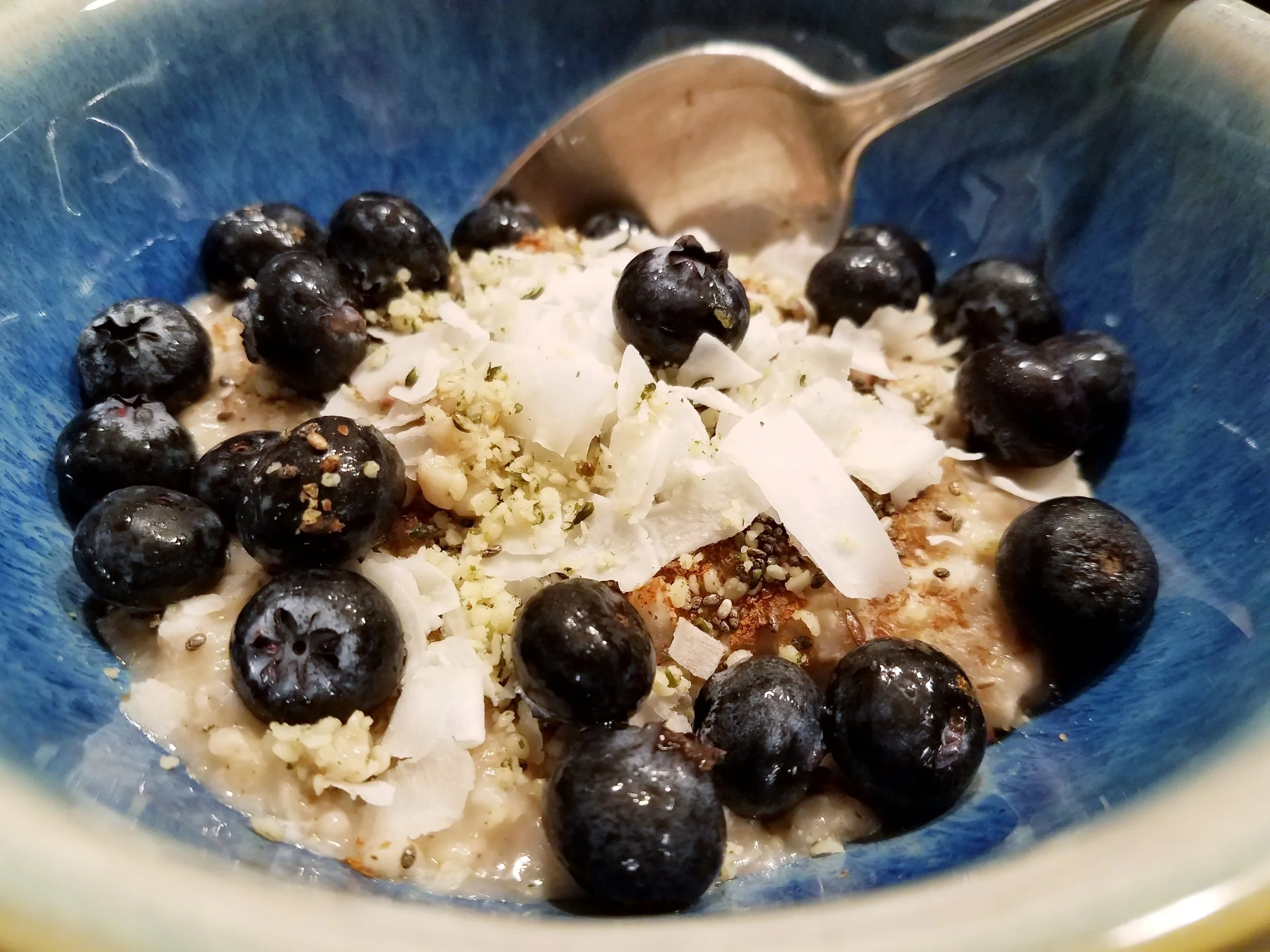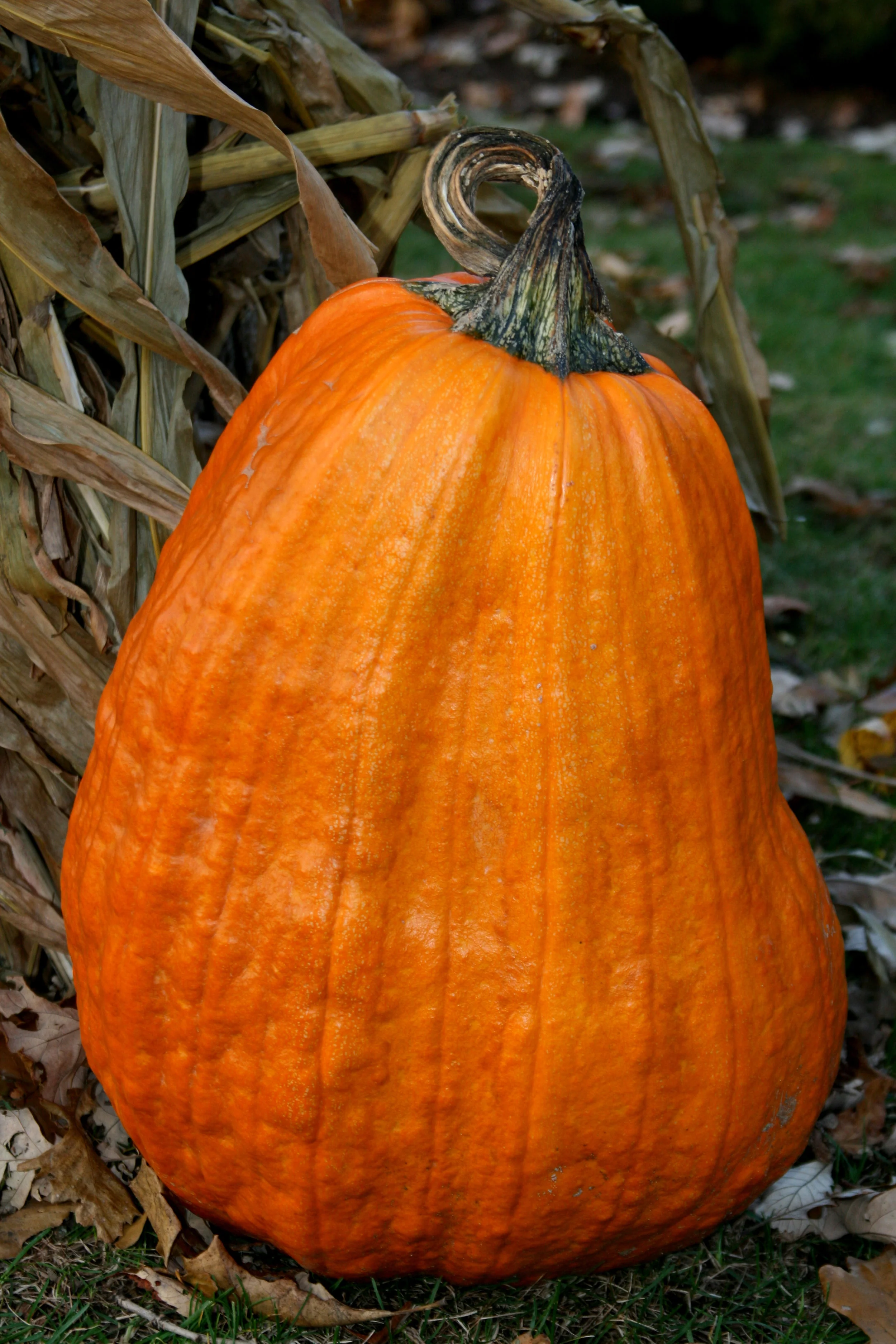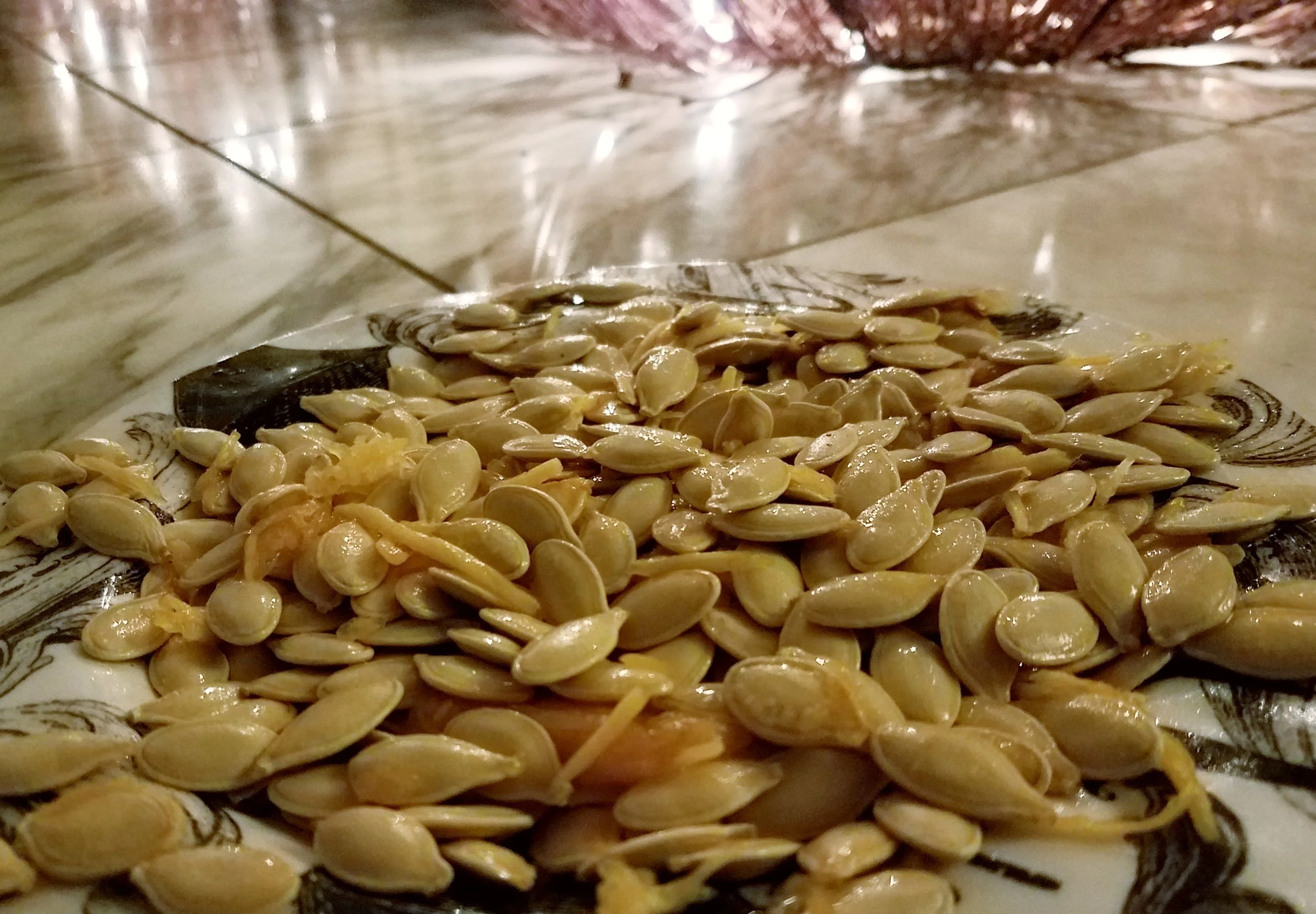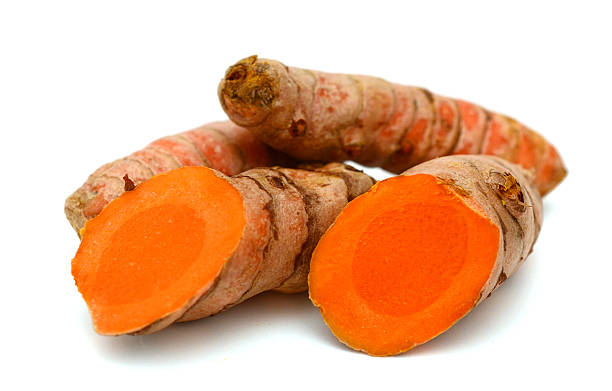Environmental Working Group’s 2019 GUIDE TO BUG REPELLENTS : WHAT TO LOOK FOR IN BUG REPELLENT
No repellent works every place against every pest.... According to the available scientific literature, when you really need protection, your best bets are products made with active ingredients that have been registered with the U.S. Environmental Protection Agency and approved by the Centers for Disease Control and Prevention. When a company registers a bug repellent, it must provide the EPA with technical information that shows the chemical is effective against mosquitoes, ticks or both. The EPA must approve any marketing claims that assert the repellent works for a particular length of time.
Based on testing data, we recommend starting with three active ingredients for protection from a variety of biting insects and ticks. All three have good safety profiles:
The two repellents below may also be good options and should provide similar protection but, perhaps, for shorter durations:
But beware when using any of these repellent chemicals: You must follow the guidelines on product labels to avoid overexposure. These are strong chemicals that should not be used on infants under 6 months old, and some should not be used on young children.
If you are hesitant to try a new bug repellent, start using it in your backyard, neighborhood and places you go regularly. If one product fails to deter biting bugs as you had hoped, next time try a different formulation with a higher percentage of the repellent chemical, or a product with another active ingredient.
Here is a guide to common brands that feature the five recommended active ingredients. (EWG does not recommend products that combine repellent and sun protection.)
EWG’s Top Choices
PICARIDIN
Avon Skin-So-Soft Bug Guard Plus PicaridinNatrapel 8-hour
COFF! FamilyCare (Clean Feel versions only)Sawyer Picaridin
DEET
ColemanCutter
OFF! ActiveOFF! Family Care
OFF! Deep WoodsRepel
SawyerUltrathon
Additional Choices
OIL OF LEMON (WITH ENHANCED PMD CONCENTRATION)
Coleman BotanicalsCutter Lemon Eucalyptus
In2careOFF! Botanicals
Repel Plant-Based Lemon Eucalyptus
IR35352-UNDECANONE
Coleman Skin SmartBioUD
BOTANICALS? Products made with botanical extracts may be worth trying if bug-borne diseases are not known to be a problem where you are going. But many of these products contain allergens in highly concentrated forms. Effectiveness varies widely. The EPA does not require registration and testing of these botanicals for effectiveness or safety, so there is not much data to confirm or contradict their advertising claims. Consumers have no assurance that these products actually work. That is why the only botanically derived ingredient the CDC recommends is Oil of Lemon Eucalyptus/PMD, which has been registered with the EPA and undergone efficacy testing.
Before you grab the repellent:
Give bugs a smaller target. Cover up with light-colored clothing. In areas with a lot of bugs, wear long-sleeve shirts with high collars and bandanas. When walking in tall grass or brush, tuck pants into socks to keep ticks and chiggers off your body. Use nets and/or fans over outdoor eating areas, and place nets over strollers and baby carriers. If your kids are going to camp, send them with mosquito netting for their bunks.
Get rid of mosquito breeding grounds. Drain standing water around your home. If you live in a place with a high tick concentration, make a wood chip barrier between your yard and wooded areas, mow the lawn, clean up brush regularly and follow the CDC’s guidelines for reducing your yard’s tick population.
Know your enemy. If you are in a place that presents few risks for pest-borne diseases and you don’t mind getting a few bug bites, your choice of repellent may not be that critical. On the other hand, if you need to protect yourself from Lyme disease, West Nile virus, Zika or other serious mosquito- and tick-transmitted diseases, your repellent and other preventive actions are serious decisions. It is vital that you research the common pest-borne diseases in your area – or where you are headed – so that you can match your choices to your risks.
Lyme disease cases are highly concentrated in 14 Northeastern and Mid-Atlantic states, from Virginia to Maine, and in the upper Midwest, mostly in Wisconsin and Minnesota. You are most likely to contract Lyme disease between late April and August.1
West Nile cases have been found in almost every state, with the most cases reported in 2017 in Arizona, Texas, California and Illinois. According to the CDC, infections from mosquitoes carrying West Nile virus occur primarily in the summer months, peaking in August.2
Much more information is available from the CDC and the World Health Organization.




















